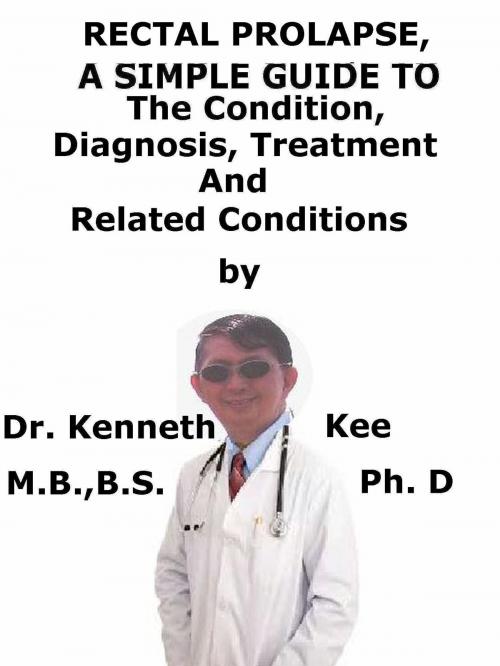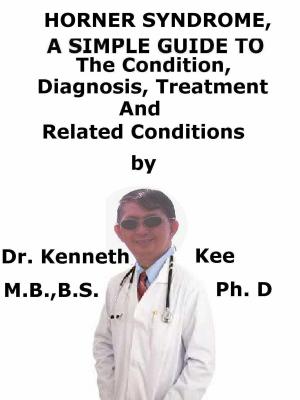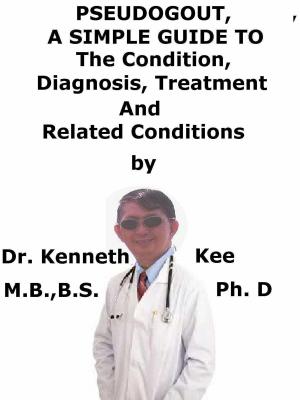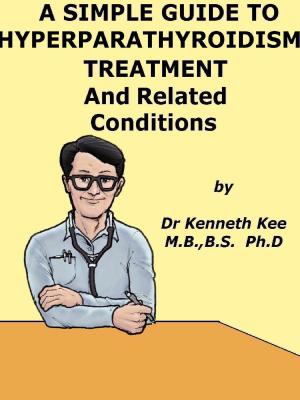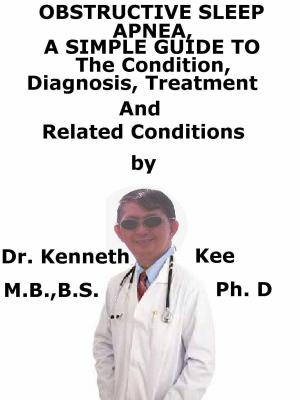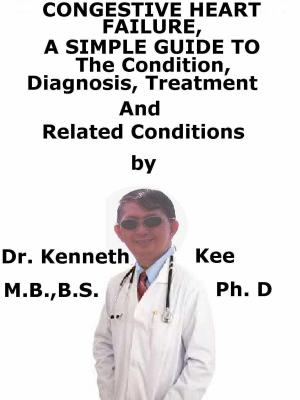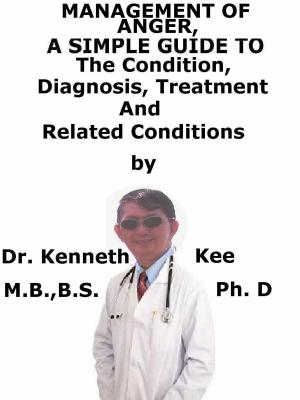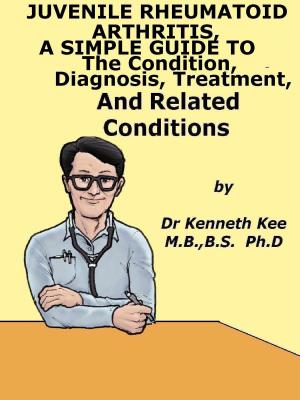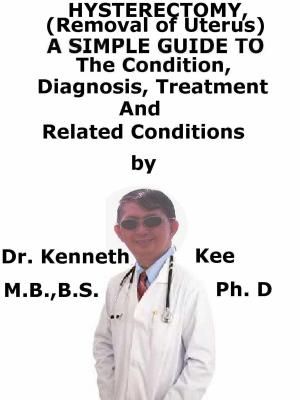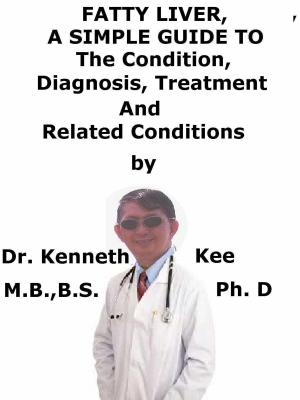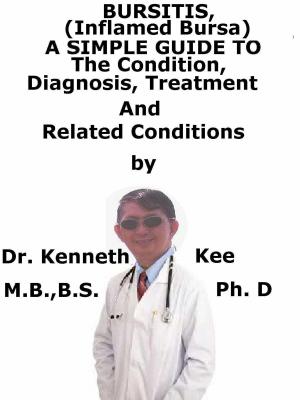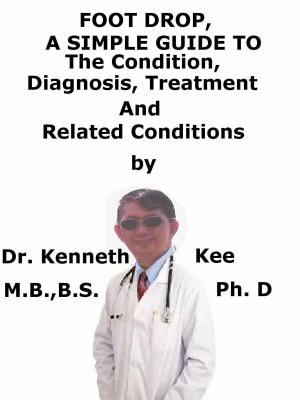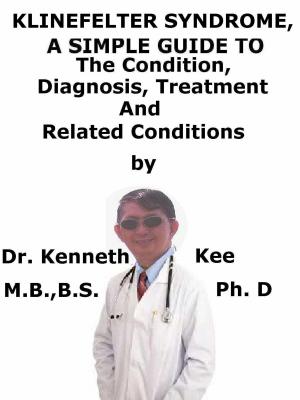Rectal Prolapse, A Simple Guide To The Condition, Diagnosis, Treatment And Related Conditions
Nonfiction, Health & Well Being, Medical, Surgery, Colon & Rectal, Health, Ailments & Diseases, Abdominal| Author: | Kenneth Kee | ISBN: | 9781370433209 |
| Publisher: | Kenneth Kee | Publication: | December 17, 2016 |
| Imprint: | Smashwords Edition | Language: | English |
| Author: | Kenneth Kee |
| ISBN: | 9781370433209 |
| Publisher: | Kenneth Kee |
| Publication: | December 17, 2016 |
| Imprint: | Smashwords Edition |
| Language: | English |
Rectal prolapse occurs when part or the entire wall of the rectum slides out of place, sometimes sticking out of the anus.
The causes are:
1. Constipation and straining at stools when defecating
2. Weakness of pelvic muscles
3. Post natal injury to the rectal muscles and nerves
4. Post surgical cutting of muscle and nerves
5. Infections of rectal and anal regions
6. Cancer of the rectum and colon
Symptoms are:
Painful protrusion of the rectum out through the anus
Leakage of mucus and stool from anus or rectum
Heavy feeling at the anus with discomfort
Diagnosis is by:
Physical examination
Anal manometry and ultrasound
Proctography when the person defecate
MRI of the rectal and anal regions
Treatment is by:
Diet and prevention of constipation
Reduce rectal prolapse with digital pressure
Surgery for rectal prolapse by suture rectoplexy
Treatment of underlying causes like cancer and infection
Avoid constipation and straining at stools
TABLE OF CONTENT
Introduction
Chapter 1 Rectal Prolapse
Chapter 2 Causes
Chapter 3 Symptoms
Chapter 4 Diagnosis
Chapter 5 Treatment
Chapter 6 Prognosis
Chapter 7 Hemorrhoids
Chapter 8 Constipation
Epilogue
Rectal prolapse occurs when part or the entire wall of the rectum slides out of place, sometimes sticking out of the anus.
The causes are:
1. Constipation and straining at stools when defecating
2. Weakness of pelvic muscles
3. Post natal injury to the rectal muscles and nerves
4. Post surgical cutting of muscle and nerves
5. Infections of rectal and anal regions
6. Cancer of the rectum and colon
Symptoms are:
Painful protrusion of the rectum out through the anus
Leakage of mucus and stool from anus or rectum
Heavy feeling at the anus with discomfort
Diagnosis is by:
Physical examination
Anal manometry and ultrasound
Proctography when the person defecate
MRI of the rectal and anal regions
Treatment is by:
Diet and prevention of constipation
Reduce rectal prolapse with digital pressure
Surgery for rectal prolapse by suture rectoplexy
Treatment of underlying causes like cancer and infection
Avoid constipation and straining at stools
TABLE OF CONTENT
Introduction
Chapter 1 Rectal Prolapse
Chapter 2 Causes
Chapter 3 Symptoms
Chapter 4 Diagnosis
Chapter 5 Treatment
Chapter 6 Prognosis
Chapter 7 Hemorrhoids
Chapter 8 Constipation
Epilogue
